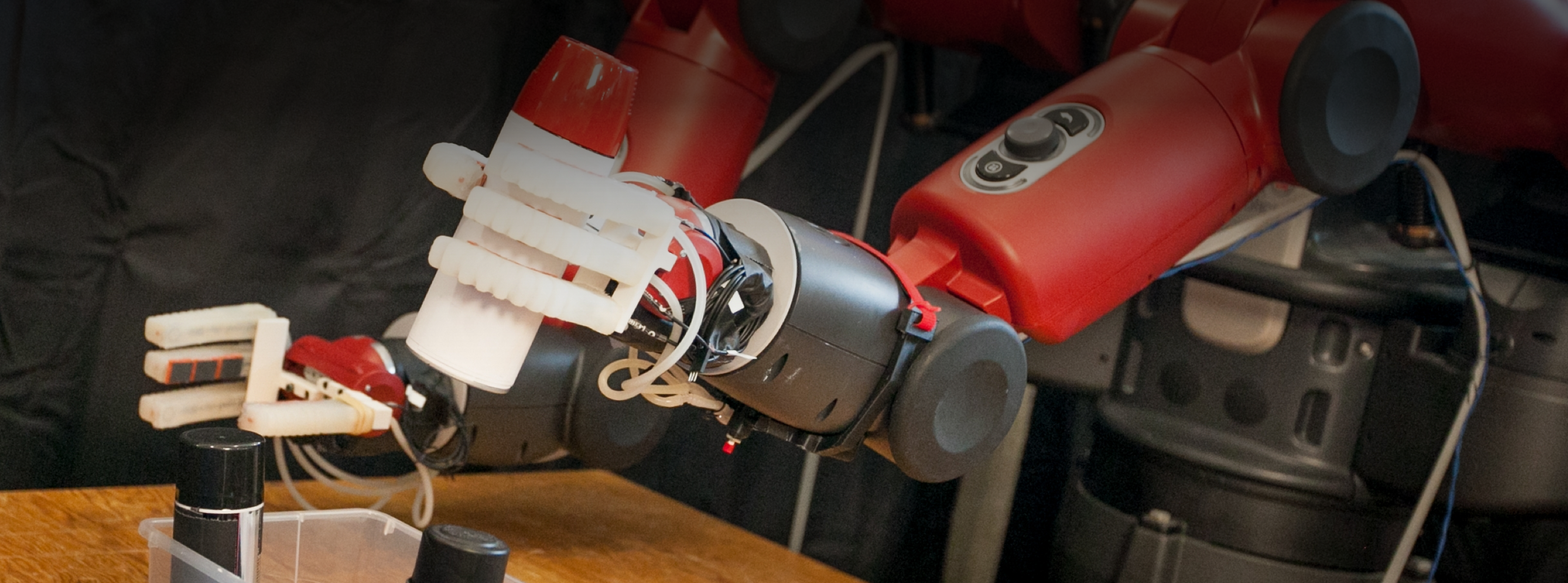PRODUCED BY: Nate Caldwell
Yunyi Zhu is originally from Shanghai and first came to Boston as an undergraduate student at MIT. Zhu first experienced research in CSAIL in an undergraduate research class called “SuperUROP,” which allowed her to work as an undergrad researcher in Professor Stefanie Mueller’s group. During that class, Zhu worked on the “CurveBoards” project with Junyi Zhu, another PhD student in the group. Zhu enjoyed the experience of designing a tool that allows people to do new tasks that have been difficult to do before. In the case of CurveBoards, it was the design tool that allows the user to turn a product 3D model into a breadboard of the same geometry. It was that project Zhu started thinking about getting a PhD in HCI.
Zhu is now a PhD student in the HCI Engineering Group advised by Mueller.
“Stefanie is a wonderful mentor,” Zhu said. “Her advice has been keeping my research on track. Starting from the beginning of the project, she prepared a project folder with the ‘skeleton’ of the research, including figure templates and images from the brainstorm sessions, which are super helpful to keep things organized. When I have questions, she either answers them in our weekly meetings or connect me to people with relevant expertise.”
Zhu is currently working on a project about reprogrammable color-changing fibers. The main idea is to put photochromic dye (a type of dye that can change their color when exposed to light of specific wavelength) into fibers and to embed LEDs inside the fibers to trigger the color-change. Some challenges in the project include (1) finding small addressable LEDs, (2) diffusing the point light source from the LEDs onto a segment on the fiber, and (3) making the fiber long enough and as thin as possible.
Zhu said she is also exploring structural color with her colleague, Olivia Seow. Structural color is a way to create visible color without using pigments, according to Zhu. She said it has been widely seen in nature, such as bird feathers and butterfly wings, but it is rarely used in human-made objects because the nano-scale structures are difficult to produce. Zhu and Seow are looking for ways to integrate structural color in 3D printing with imprints so that they can use one filament to 3D print multi-color objects.
Zhu said if color-changing fibers can be made in scale, people will be able to change the pattern of their clothing without having to buy new ones.
“This will allow the clothing industry to create downloadable digital designs and instantly make it available to everyone and to enable ‘digitized clothing,’ where the garment design reflects some encoded information from the wearer,” Zhu said. “There are many interesting materials that are underutilized (e.g. color-changing dye, lenticular structures, structural color). I want to make those interesting effects available to the public by finding ways for non-chemists to apply them and creating design tools that can be used by non-programmers.”
While Zhu is a first year PhD student, she is still thinking about different career opportunities when she finishes school. Zhu is currently inclined to stay in academia, but plans on spending a summer interning in industry. She said her dream job is to become a scientific blogger where she can try out bizarre chemicals and make random things without having to worry about realistic issues.

